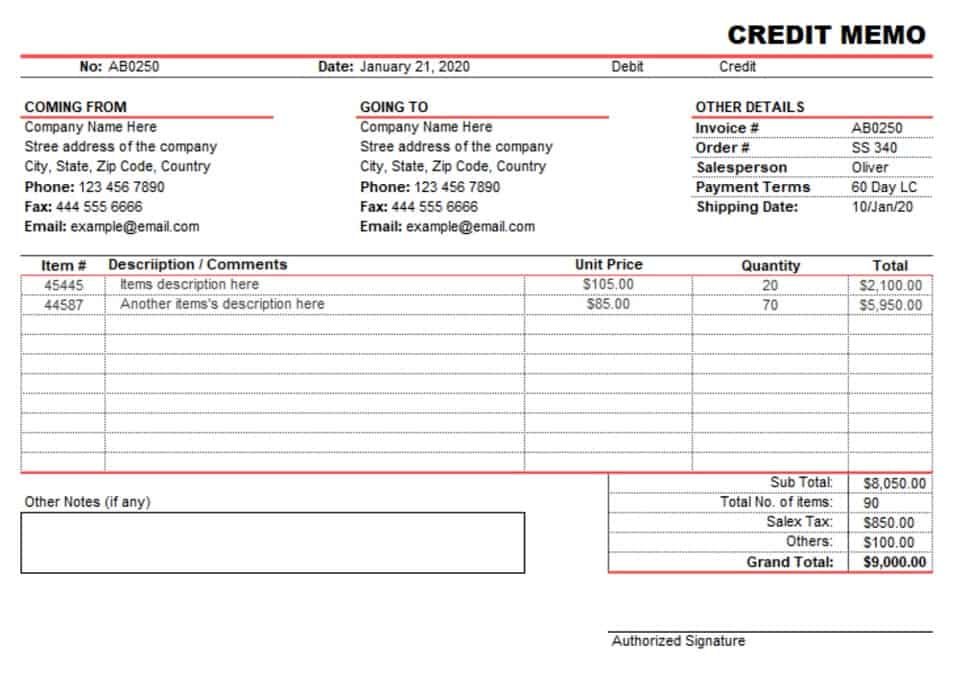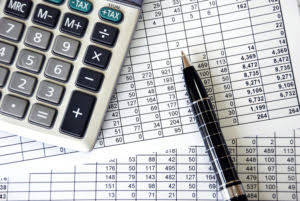
The higher the operating cycle, the lower the liquidity will be because more time elapses before cash is obtained. A shorter operating cycle might suggest a company’s efficiency in managing its inventory and receivables, while a longer one could imply delays or slower turnover. Companies need to manage their inventory and collect payments to have enough cash on hand. Delving into the mechanics of business efficiency, calculating the operating cycle emerges as a pivotal task for financial managers aiming to optimize cash flow and enhance resource management.

Adjusting for Accrued Expenses
Conceptually, the operating cycle measures the time it takes a company on average to purchase inventory, sell the finished inventory, and collect cash from customers that paid on credit. An effective operational process helps businesses by improving their cash flow, which in turn has a positive effect on other aspects of their business. Reducing costs while also increasing speed and improving quality https://www.facebook.com/BooksTimeInc/ can be beneficial to business owners. Increased profits are often the end result of running a business more efficiently.
- On the other hand, the cash conversion cycle is about the management of the cash.
- It might also mean the firm is not maintaining enough inventory to meet the potential surge in demand.
- An operating cycle is the average time it takes for a business to make a sale, collect the payment from the customer, and convert the resources used into cash.
- The articles and research support materials available on this site are educational and are not intended to be investment or tax advice.
- It is important to realize that in this formula inventory is the average of the beginning and ending inventory.
2 Adjusting Entries
- Whether you’re a student mastering business concepts or a professional streamlining financial analyses, Sourcetable caters to all levels of expertise.
- The ultimate understanding of a company’s cash cycle will reveal how well it manages its cash flow.
- By implementing tailored strategies and optimizing key components, businesses can achieve more efficient cash conversion, enhance financial stability, and position themselves for sustained growth and profitability.
- By understanding the components of the operating cycle and how to calculate it, companies can make informed decisions that positively impact their financial health.
- Understanding how an operating cycle works and being able to calculate it can provide valuable insights for businesses looking to optimize their processes and ultimately create a more productive work environment.
- As a result of this entry, salaries expense is reported on the January income statement when cash is paid.
The operating cycle, which calculates the total time taken from acquiring inventory to receiving cash from sales, provides vital insight into a company’s operational efficiency. how to find operating cycle This computation involves adding the inventory period to the accounts receivable period. Accurately determining these periods can pinpoint improvements in procurement and sales strategies.
How to calculate the Operating Cycle?

You can also benefit from a smaller inventory cycle, which means you might need to shrink the time between raw materials entering your business and the final product being sold to a customer. Therefore, while the operating cycle focuses solely on the time to turn inventory into cash, the cash cycle provides a fuller picture by factoring in how long the company can delay payments to suppliers. This adjustment gives a clearer view https://www.bookstime.com/ of cash flow efficiency and working capital management, showing the net duration for converting operational investments into cash.

Revenues, expenses, and dividends are therefore referred to as temporary accounts because their balances are zeroed at the end of each accounting period. Balance sheet accounts, such as retained earnings, are permanent accounts because they have a continuing balance from one fiscal year to the next. The closing process transfers temporary account balances into a permanent account, namely retained earnings. By mastering the calculation of the operating cycle, businesses can enhance decision-making processes, ensuring optimal cash flow and inventory management. Aim for shorter operating cycles to maintain liquidity and avoid capital tie-ups that could lead to financial strain.
How to Improve the Operating Cycle?
The business operating cycle is vital because it helps to indicate how capable a company is of moving inventory when it comes to operations. Software companies that offer computer programs through licensing, for instance, can realize sales (and profits) without the need to manage stockpiles. Similarly, insurance or brokerage companies don’t buy items wholesale for retail, so CCC doesn’t apply to them. While comparing competing businesses, investors may look at a combination of factors to select the best fit. If two companies have similar values for return on equity (ROE) and return on assets (ROA), it may be worth investing in the company that has the lowest CCC value. It indicates that the company is able to generate similar returns more quickly.
Sourcetable harnesses AI power to transform traditional spreadsheet tasks into more efficient processes. In this guide, we’ll explore how Sourcetable lets you calculate the operating cycle and more using its AI-powered spreadsheet assistant, which you can try at app.sourcetable.com/signup. All such information is provided solely for convenience purposes only and all users thereof should be guided accordingly. Given the different variables in the equation listed previously, there are many moving parts to the operating cycle. In the next step, we will calculate DSO by dividing the average A/R balance by the current period revenue and multiplying it by 365.
